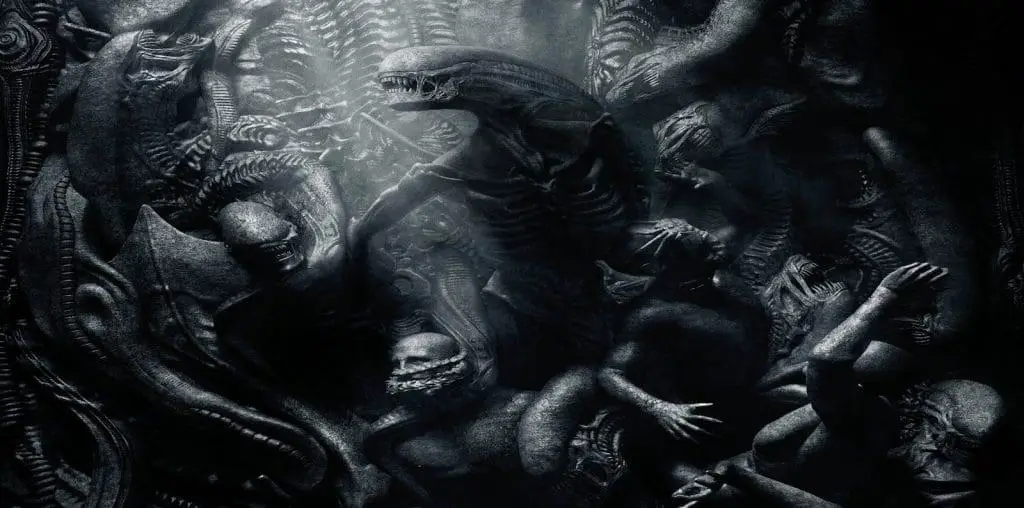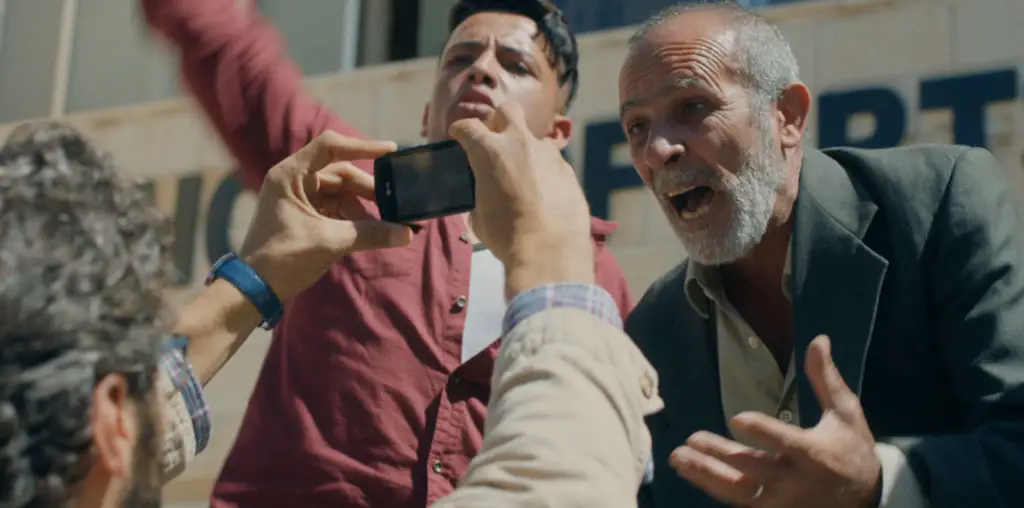
The first image you see in Shane Dax Taylor’s film “The Grey” is that of a bird’s eye. The intensity of its vision pierces through the screen—it’s nearly impossible to bear. The beginning credit sequence immediately follows and offers grayish-blue images of a dirt road flanked by trees and soaked by rain. As the credits roll, you move along too, traveling down the path from the perspective of someone sitting in the back of a car and facing away from the driver. The contrast between the focused gaze of the bird and the solemnity of the dirt path sets the tone for much of the film.
Based on the novel The Cockfighter by Frank Manley, “The Grey” is about a family with financial hardships and a fighting rooster that can end their troubles. Jake (Mark Boone Junior), his wife Lily (Catherine Kellner), and his son Sonny (John Quertermous) live in a county where the consumption of drugs and alcohol is not permitted everywhere, but cockfighting is perfectly legal. Against his wife’s wishes, Jake makes money off of the birds he raises. A substantial chunk of Taylor’s film takes place in a fighting arena where Jake and his son hope to make enough money to alleviate financial worries. From the characters’ interactions to the shooting of the roosters attacking each other, this portion of the film is reminiscent of a public television special on cockfighting. When the camera gets very close to the birds, you start hoping that the ending credits will include a disclaimer that “no animals were hurt during in the making of this film” (indeed no birds were hurt).
On the surface, “The Grey” is about Sonny and his rooster. The title of the film refers to a particular bird, as Jake calls it “the grey one,” but the name also points to a deeper message. There’s no black or white; there are no polar opposites. Likeable individuals aren’t as innocent as they appear and justified grudges are quickly relinquished. The characters live in a complicated world. They’re not good or bad people doing right or wrong things. They make decisions based on what they need to survive. You’re not likely to condemn a character for making a bad move, but if misfortune should befall him, you won’t be very surprised.
Your sympathy lies with Sonny and his parents not only because they’re the main characters, but also because their mistakes and weaknesses are rooted in the essence of their identities. It’s even difficult to hate Jake when he gets angry at Sonny or drunk and then becomes belligerent. Boone Junior and Quertermous deliver very good performances of a father and son who share a somewhat dysfunctional relationship. Jake means well, but his good intentions are unreliable. He doesn’t break his promises, but he isn’t the best role model for twelve year-old son either. Though Sonny doesn’t outright resent his father, he seems to prefer his more compassionate Uncle Homer (Jake LaBotz).
Winner of the American Perspectives Jury Prize Award at the 18th Annual Santa Barbara International Film Festival, “The Grey” reveals that in human relations, there are no extremes. There is only grey and everything that’s in the middle of spectrums.

